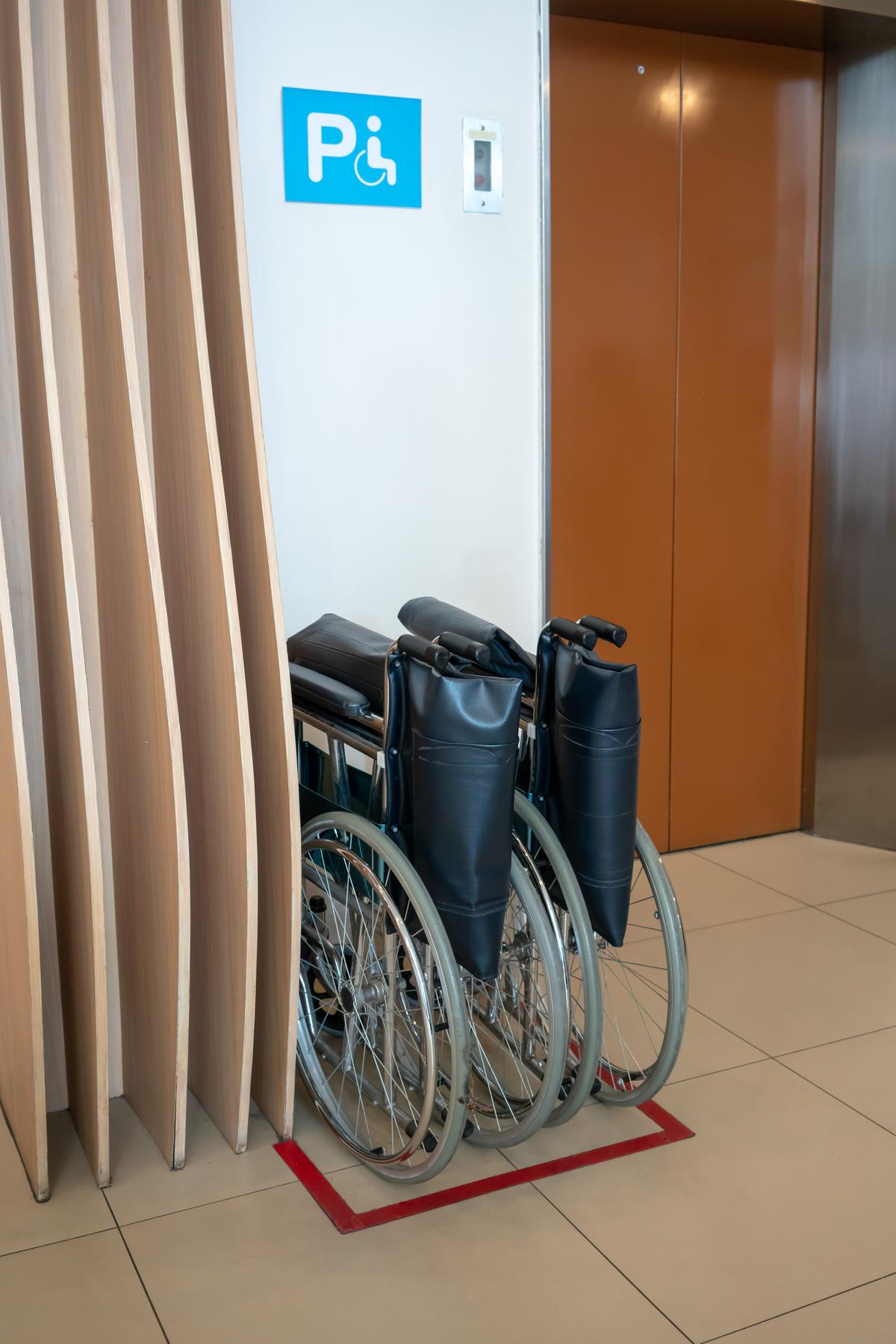The principle of Reasonable Accommodation (RA) has been brought to the fore in the legal framework through the Rights of Persons with Disabilities Act, 2016 (RPwD). Section 2.(y) of the Act defines RA as adjustments that enable Persons with Disabilities (PwD) to exercise their rights on an equal basis with others. These RAs range from installing ramps and providing assistive technology to restructuring job requirements and modifying workplace policies. However, public and private institutions are exempt from implementing these RAs if they can prove that such measures would cause disproportionate or “undue hardship”.
Reluctance from Indian institutions
The Convention on the Rights of Persons with Disabilities (CRPD) provides a set of illustrative factors to help institutions objectively determine undue burden. However, from a financial perspective, Indian institutions remain reluctant to bear the costs of complying with such anti-discrimination laws. It is easy to see why.
When institutions become the sole cost bearers of RA, they adopt a utilitarian approach that increases efficiency rather than a welfare-based approach towards people with disabilities. Based on the prejudice that people with disabilities are inherently less productive or that providing RA will always be costly, institutions tend to justify undue burden on grounds of expediency rather than actual hardship. This directly violates the rights of people with disabilities and subjects them to a cost-benefit analysis. Thus, setting a uniform legal standard for determining undue burden becomes essential to prevent abuse. However, compliance with this standard can only thrive in an ecosystem where institutions recognize that in addition to fulfilling their legal obligations, investments in RA can also generate tangible business benefits.
The Constitution of India places a positive obligation on the State to create an enabling environment for individuals to effectively exercise their right to equality. As the rights of persons with disabilities directly depend on the availability of facilities to them, it is incumbent on the State to create a positive ecosystem that not only mandates but encourages institutions to accommodate persons with disabilities.
Implementable models
States can achieve this, first, by raising awareness among institutions about the fact that the majority of requested RAs can be procured cheaply; second, by giving such institutions targeted incentives such as reductions, subsidies, and tax credits to provide RAs; and third, by sharing the cost of RAs with the remaining institutions, where a real lack of resources is proving to be a real challenge to provide RAs. This incentive and cost-sharing model not only redresses disadvantage and bias against people with disabilities, but also increases their participation in the institutional ecosystem and develops policy responses that are sensitive to their differences.
This model is also implementable in practice. It can be operationalized with the help of the provisions of the RPwD Act. Section 86 of the Act highlights the creation of a State Fund for Persons with Disabilities. The fund includes, among others, substantial donations from banks and financial institutions following the judgment of the Supreme Court of India in Indian Banks Association, Bombay v. M/s Devkala Consultancy Service. Section 42 of the RPwD Rules, 2017 supplements this provision by mandating that the fund be used for implementing the objectives of the RPwD Act. However, despite these provisions, the State Fund fund remains underutilized. Moreover, its scope remains severely restricted and its reach is limited to a disastrously low amount. This impediment can be addressed by optimally utilizing the existing resources while ensuring a continuous flow of funds to the State Fund. States can do this by designating the State Fund as a separate item in their annual budgets and laying down the following rules for expenditure of the fund:
Ensuring a welfare approach
Each time an RA is requested, an institution must first assess the resource shortfall that prevents it from raising it. This assessment must take into account any incentives, such as tax credits or expense allowances, that may already be available. The institution can then apply to the state fund administration for compensation of the shortfall.
Drawing on the standards of the Americans with Disabilities Act of 1990, the National Fund administration can also require applications to state overall financial resources, access to external funding, and the absence of alternative, viable RAs in the market that can be procured at a lower cost, thus eliminating deliberate cost avoidance by agencies. Upon receiving such an application, the National Fund’s designated agency can conduct a fact-finding study to assess the veracity of the claims of under-resources. The National Fund administration can then consult with the Office of the Commissioner for Persons with Disabilities to assess whether the requested RA is proportional as envisaged by the CRPD before authorising funds to make up the shortfall. This precaution ensures that the proportionality analysis of the RA is based on a welfare approach rather than a utilitarian approach.
Through these approaches, incentive and cost-sharing models can accomplish three objectives: reduce agencies’ reluctance to accommodate disabled individuals, provide new and upcoming agencies with favorable market prospects, and at the same time ensure that agencies meet a uniform legal standard of “undue hardship” before being allowed to avoid the costs of providing RA.
Tanishk Goyal is an Advocate General of the Allahabad High Court, a former Law Clerk of the Supreme Court of India, and a LLM candidate at Harvard Law School.
This is a premium article available exclusively to our subscribers. To read more than 250 premium articles each month, you have reached your free article limit. Support quality journalism. You have reached your free article limit. Support quality journalism. X You have read {{data.cm.views}} of {{data.cm.maxViews}} free articles. X This is your last free article.
Source link

